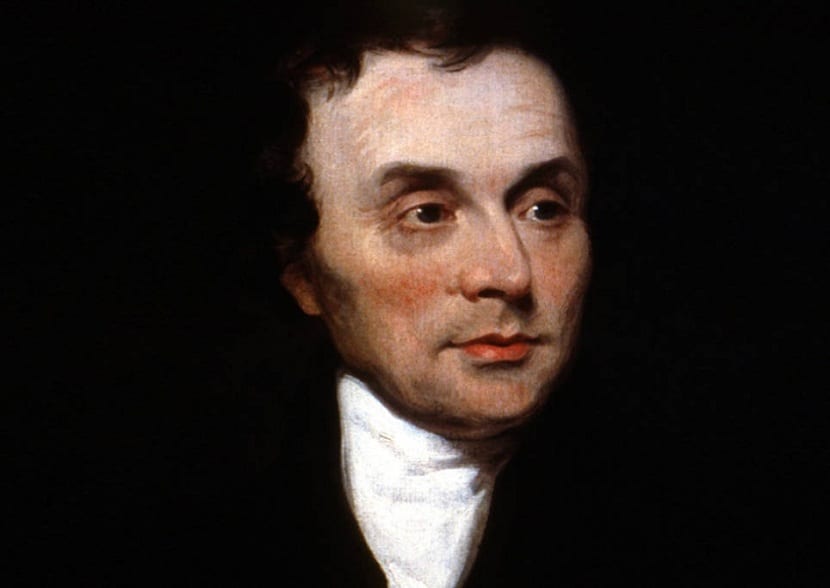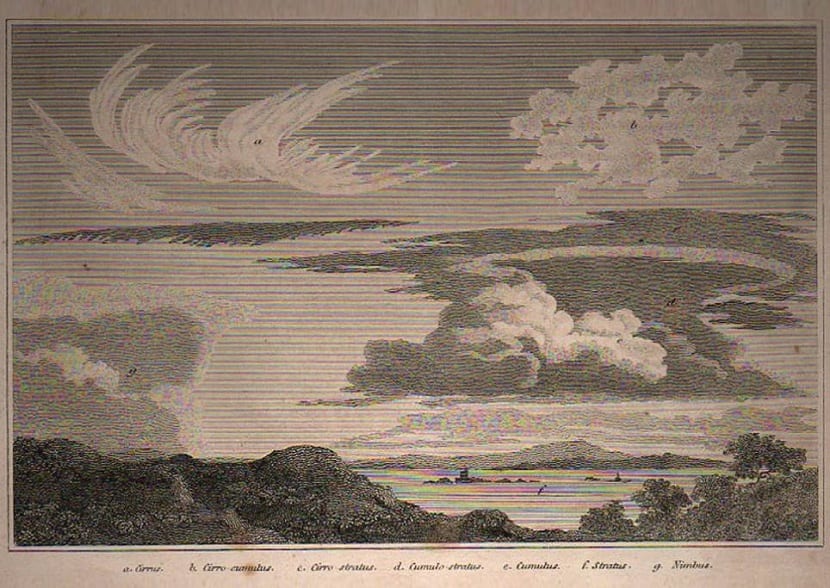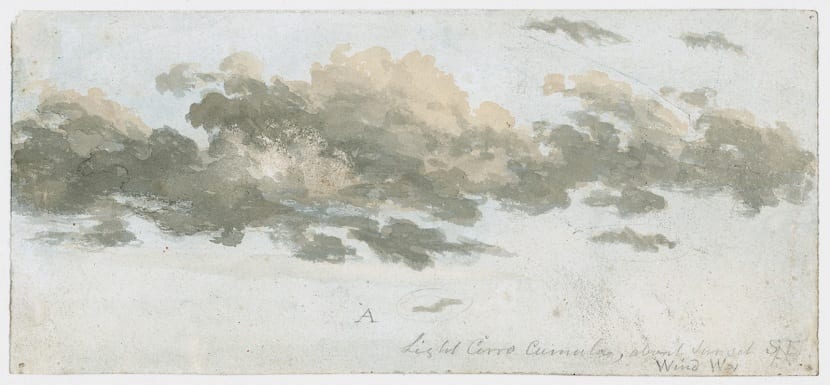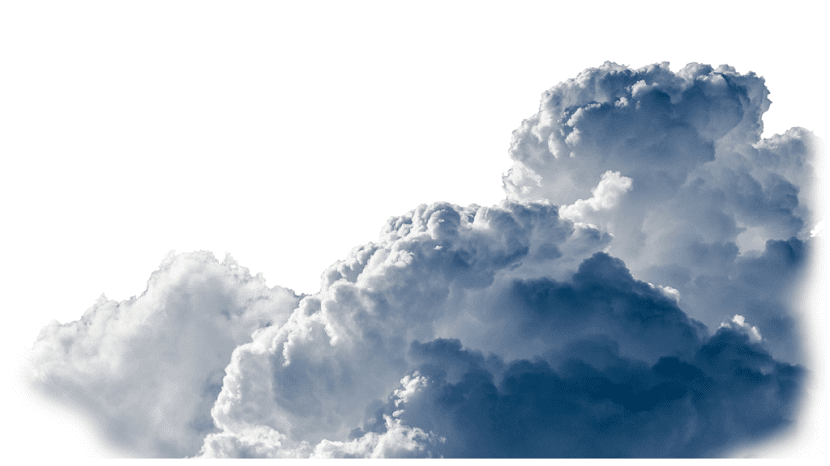
In a previous article we saw the different types of clouds that we can meet in our sky. Meteorology is a science that has been studied for many centuries. For this reason, today we travel to the past to meet the scientist who first named the clouds. Is about Luke Howard. A Londoner by birth, a pharmacist by profession and a meteorologist by vocation, he was the man who was obsessed with the clouds since childhood.
Here you can learn about the entire biography of Luke Howard and how he came to name the clouds and identify them. Do you want to know more about the history of meteorology and clouds?
Luke Howard story

As a child, Luke spent many hours a day at school looking out the window at the clouds. His passion was the sky and the weather. He was born in 1772 and, like almost everyone at that time, he did not understand how clouds were formed. That clouds float in the sky has always been a mystery worth solving by humanity. Fluffy objects that grow and turn gray until it rains. Many people had an interest in clouds, but no one like Luke Howard.
And it is that since childhood he enjoyed observing their movements and decided that the clouds should have a name depending on their shape. He himself accepted that he did not pay much attention in class. However, luckily for the future of meteorology, this man learned quite a bit of Latin.
Compared to other sciences, meteorology has developed later. This is because the knowledge and technology required to assess and track weather and climate is more complex. It was later when meteorology emerged as a science and thanks to it we have a lot of knowledge about the dynamics of the planet.
No one can catch a piece of cloud and analyze it in a lab or take rainbow samples. Therefore, understanding clouds required a different approach than Luke Howard was able to give to this science.
Basic types of clouds in the sky

His vision of the clouds developed after years of continuous observation of the sky focused in several ways. Although clouds could take many forms on an individual level, in the end they corresponded to a pattern. It can be said that they belong to a base of figures that clouds have in common.
All of the clouds present belonged to the three main families that Luke Howard identified.
The first is the cirrus cloud. Cirrus was Latin for fiber or hair. It referred to the high clouds formed by ice crystals that form in the atmosphere. Its shape corresponds to the name given to it.
On the other hand, we find cumulus clouds. In Latin it means heap or pile and refers to its shape.
Finally, there was the family of the stratus. It meant layer or sheet.
For Howard the clouds were constantly changing. Not only in shape but also they went down and up in height, they merged with each other and spread through the atmosphere. Clouds are constantly moving and it is very rare that they have the same shape and height for many minutes at a time.
Any type of cloud classification had to take this into account. Therefore, to delve into the three cloud families, intermediate and compound types were added. This was done to include the normal transitions between one family and another and to have more precision in the weather forecast.
Cloud types identified by Luke Howard

Howard managed to identify seven types of clouds along with cumulonimbus. It is also known as the powerful storm cloud. From this comes the expression "to be in the seventh heaven." A tall, descending and spreading cirrus is called a cirrostratus. It means that it has characteristics of both clouds and is a transition between one and the other. In addition, the formation of this cloud can give us information about the meteorological conditions that have taken place for said cloud to form.
On the other hand, we also find a group of cumulus clouds that unite and spread together. He called this type of cloud stratocumulus. This cloud occurs in different atmospheric conditions and can give information about meteorological variables just by looking at them.
Howard's ranking had an immediate international impact. Once the clouds were named and classified, understanding the clouds became easier and clearer. In addition, many other atmospheric processes could be perceived thanks to the types of clouds.
And it is that for Luke Howard the clouds describe a perfect diary in heaven that allows us to understand the patterns that atmospheric circulation follows. Today the cloud type is still used for weather forecasting.
Since then nephology arose. It is the science that studies clouds and is still a great hobby for those who are sky watchers.
The clouds today

Since technology and science have advanced, we look more at the smartphone application to know the weather than at the sky. Now we forget that our sky can give us a lot of information about whether we have to take the umbrella or the sunglasses.
However, our grandparents did not know that the shape of the clouds had any predictive value. However, they used their own nomenclature different from Latin. Surely you have heard of the saying «Wool heaven. If it doesn't rain today, it will rain tomorrow ». This saying refers to the sky formed by cirrocumulus clouds. These clouds in the sky resemble the fabric of sheep and indicate that the weather will change in about twelve hours. For this reason, it is said that if it does not rain the same day that those clouds appear, it will take another day for it to rain.
We must not forget that the atmospheric dynamics is constantly changing and that the weather forecast from clouds is not always reliable.